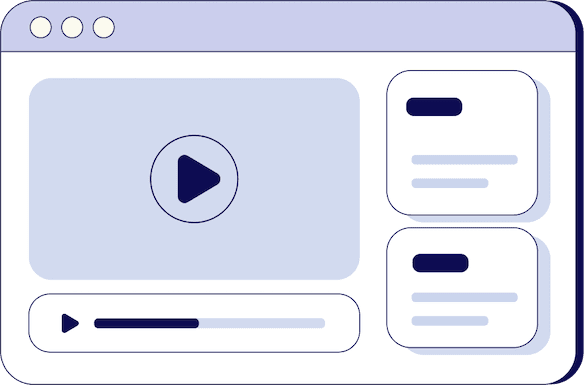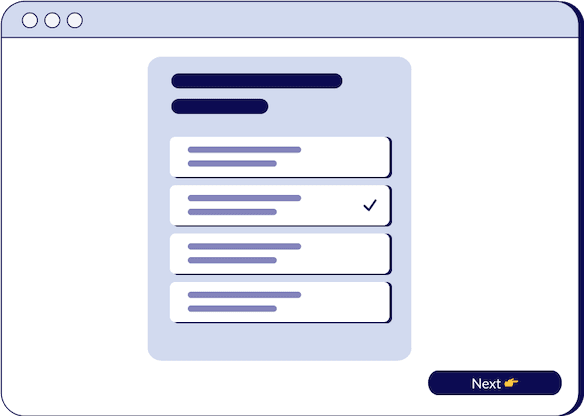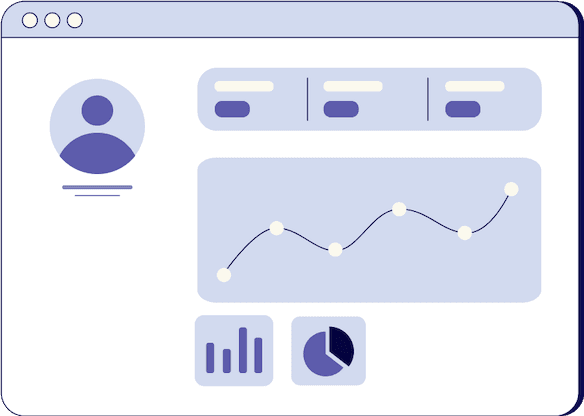
8 Saas Pricing Models Explained in Under 3 Minutes From Binary Stream Software
Binary Stream Software
ERP Solutions

- duration
- 2 min
- Average Score
- 78%
- Stars
- 5
Have you ever wondered why some software services seem more appealing than others, even when they offer similar features? A lot of it comes down to how these services are priced. SAAS pricing models have evolved significantly, offering various strategies that cater to diverse customer needs. In this session, explore the eight most popular SAAS pricing models and how they can impact customer decisions and business growth.
Understanding Pay-As-You-Go Pricing
Pay-as-you-go pricing allows customers to pay only for what they use, making it an attractive option for those who prefer not to commit to large, upfront costs. This model is particularly common among phone companies, which charge based on the number of texts or minutes used. It offers the ultimate flexibility for users, ensuring they only pay for the resources they consume. This section will dive into the benefits and challenges of implementing a pay-as-you-go pricing model for your SAAS service.
The Appeal of Per-User Pricing
Per-user pricing is straightforward: customers pay for each user that accesses the software. This model encourages businesses to carefully consider who really needs access to the service, promoting efficiency and potentially reducing costs. It's especially popular among SAAS providers catering to businesses, where different levels of access and functionality can be crucial. This part of the session will cover how per-user pricing can be structured to balance fairness with profitability, ensuring that your service remains competitive while also scalable.
Flexibility Through Tiered Pricing
Tiered pricing offers customers the choice among different levels of service at varying price points, allowing them to select the package that best fits their needs and budget. This model is effective in catering to a broad customer base with diverse requirements. By combining flexibility with the opportunity for customers to level up as they grow or as their needs change, tiered pricing can help SAAS providers capture a wider market segment. This segment will explore strategies for developing effective tiered pricing structures that encourage upgrades and increase customer satisfaction.
Simplicity of Flat Rate Pricing
Flat rate pricing presents a one-size-fits-all approach where all customers are charged the same amount, regardless of usage levels, users, or features needed. This model is praised for its simplicity and ease of understanding, reducing the potential for confusion and making it straightforward for customers to know exactly what they're paying for. In this part of the session, learn about the benefits of adopting a flat rate pricing model and how it can simplify the purchasing process for your customers, making your SAAS offering more accessible to a broader audience.
This session aims to provide a comprehensive overview of the various SAAS pricing models available, helping you understand which model or combination of models might work best for your service. By carefully selecting and implementing the most appropriate pricing strategy, you can enhance your service's appeal, meet your customers' needs more effectively, and ultimately drive growth for your business.
To delve deeper into each of these pricing models and discover which is the optimal choice for your SAAS service, watch this session. You'll gain valuable insights into making informed decisions that align with your business goals and customer expectations.
Maximizing Value with Feature-Based Pricing
Feature-based pricing differentiates itself by allowing customers to pay based on the number and type of features they wish to access. This model is particularly suited for SAAS services with a wide range of functionalities, where each feature can add significant value to the user. By categorizing features into different tiers, SAAS providers can cater to both basic users and those requiring advanced capabilities. This session explores how to structure feature-based pricing to highlight the value of your service's most impressive features, encouraging users to upgrade for more comprehensive solutions.
Strategic Advantages of Bundling
Bundling combines various products or services into packages designed to appeal to different segments of the market. This SAAS pricing model acknowledges that different customers have varying needs and preferences, allowing businesses to offer tailored solutions that meet these specific requirements. By strategically bundling features or services, SAAS providers can enhance the perceived value of their offerings, making it easier for customers to choose a package that best suits their needs. This part of the session will discuss how to create effective bundles that appeal to a broad audience and encourage higher adoption rates.
Freemium Pricing: A Gateway to Paid Subscriptions
Freemium pricing has become increasingly popular among SAAS providers, offering a basic version of the service for free while reserving more advanced features or capabilities for paid versions. This model serves as an effective marketing tool, allowing customers to experience the value of the software firsthand before committing to a purchase. However, designing a freemium model that converts users into paying customers requires careful planning. This session will cover strategies for optimizing your freemium offering to maximize conversions and ensure that the free version serves as a compelling introduction to the full range of your service's capabilities.
Hybrid Pricing for Customized Solutions
Hybrid pricing models offer the ultimate flexibility, combining elements from different pricing strategies to best meet the needs of the market and the goals of the SAAS provider. This approach allows businesses to tailor their pricing structure based on customer feedback and market research, potentially incorporating aspects of pay-as-you-go, tiered, and feature-based pricing, among others. This part of the session focuses on how to implement a hybrid pricing model effectively, ensuring that your pricing strategy is as dynamic and adaptable as the market you serve.
In conclusion, selecting the right SAAS pricing model is crucial for the success of any software-as-a-service business. By understanding the advantages and challenges of each pricing strategy, SAAS providers can make informed decisions that align with their business objectives and market demands. From the flexibility of pay-as-you-go to the strategic structuring of hybrid models, the choice of pricing can significantly influence customer satisfaction, market penetration, and revenue growth.
For those looking to deepen their understanding of SAAS pricing models and explore how to apply these strategies to their own services, this session offers a wealth of insights and practical advice. By carefully considering your pricing options and selecting the model that best fits your service and your customers, you can create a competitive edge and foster long-term success in the ever-evolving SAAS landscape. Watch this session to explore further into selecting and implementing the most effective pricing strategy for your SAAS business.
How Triple Session works
Training, Testing, & Feedback
Triple Session's proven formula accelerates your sales performance through consistent, organized practice, backed by measurable results.

Bite-Sized Knowledge
Our expert-led video sessions simplify complex sales concepts into easy-to-digest 5-15 minute videos for better retention.

Test Your Understanding
After each session, there will be a quiz to test your understanding and help you improve on any areas that need more attention.

Evaluate and Grow
Get progress snapshots after each quiz to track your improvements and achieve your sales mastery goals.